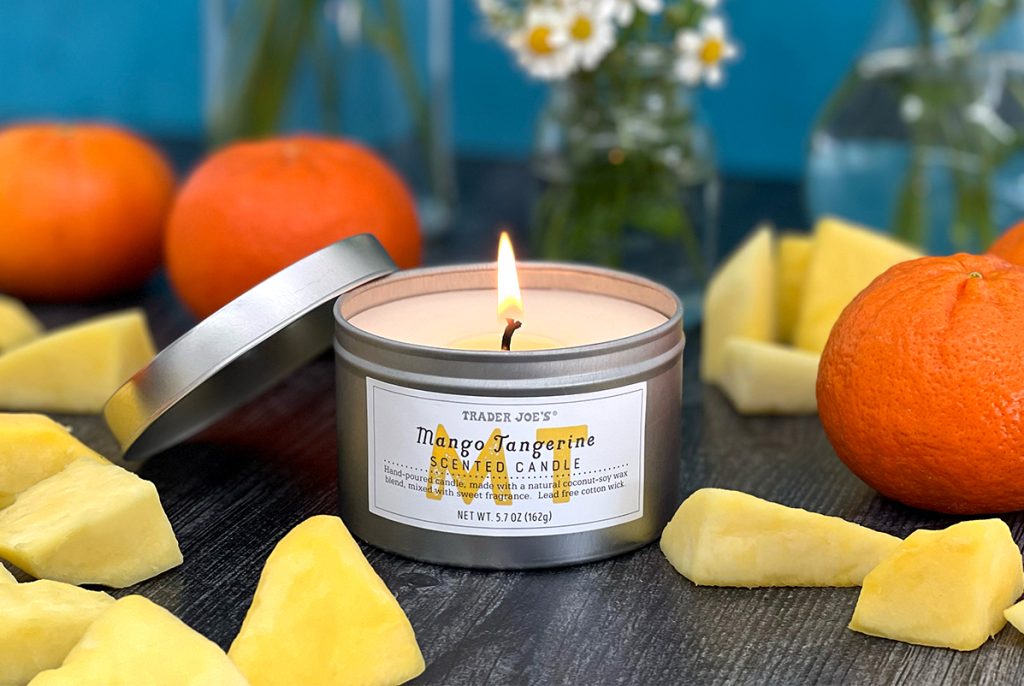Fragrance oils have the amazing ability to evoke emotions, bring back memories, and enhance our surroundings. They are concentrated aromatic substances made to resemble natural scents or produce certain olfactory experiences. The same applies to candle fragrance oil.
Given their versatility and long-lasting effect, candles are becoming an increasingly popular way to light up your space, maximise its aesthetics and dive into the world of divine smell. Whether you’re seeking a signature scent for your home, personal care products, or gifts, understanding the different fragrance oils in candle making is essential. The guidelines below might give you a hand.
Scent Categories in Candle-Making Essential Oils

When incorporating delightful scents into your daily routine, enchant your candles with safe and non-toxic candle fragrance oils that smell like heaven.
So, beeswax or regular candles when scented, can set the mood for relaxation or create an inviting ambience during gatherings. The fragrance oils in candles can be categorized into different scent families, each with its unique characteristics and associations. Understanding these families can help you figure out the type of perfume that appeals to you. The families of scents that are most frequently used in the candle-making process are listed below:
Floral Scents
Fresh-cut flowers, gardens, and floral festivities are all conjured up by flowery fragrances or tones. When you smell your favourite flower, you immediately recognize this as the traditional perfume scent. They are classified as oriental floral, soft floral, and floral.
The Floral family is primarily made up of floral scents like rose, tuberose, etc. Lavender, floral bouquet, floral green, floral aldehydes, floral woody, and floral-fruity woody are a few more terms for soliflore, also known as single-fragrance floral. While powdery smoothness hints at gentle floral scents, oriental blooms bring a touch of spice and sweetness.
Oriental Scents
Oriental candle fragrance oils are perhaps one of the most popular scents for candles. They are enigmatic, seductive, and offer a sense of spiciness. These are the smells that, centuries ago, were exclusively known to and worn by emperors and nobles.
A mysterious oriental trip is created when lovely vanilla and musk are combined with citrus and natural frost tones. Oriental amber smells typically feature a light powdery essence and mixtures of spice, wood, citrus, and floral notes. The majority of oriental elements are delicate floral aromas mixed with incense and deep, earthy amber, although oriental resins like frankincense and vanilla are among the main notes.
On the other hand, the woody oriental scents combine wood and orient notes. Patchouli and sandalwood are the primary notes in these adorable scents.
Gourmet fragrances, which controversially fall under the Oriental fragrance family, are typically unnoticed and made from delicious edible combinations of vanilla, coffee, chocolate, praline, and caramel that are frequently accented with a hint of spicy or sweet fruit odours. They are typically unsung.
Woody Scents
Woody scents are fragrances that evoke the aromas associated with the forest and outdoors. They evoke a fresh, leathery, cedar, sandalwood, oak, and mossy appeal to your senses, making them as simple as a stroll through the forest or a park. To provide an exotic and fresh conifer aroma, it is frequently mixed with a dash of spice or citrus. Even though the majority of people enjoy woodsy tones, they frequently appeal more to men.
The woody family mostly consists of the diverse scents produced by well-known wood species like cedar, oak, and conifers. The wood notes are difficult to separate, although they are frequently combined with Oriental spicy undertones that bring out the mossy scents.
While a dry woody note will also contain the smell of leather in addition to the wood accent, the Leather family is the manliest and conjures up the aromas of leather, smoke, and tobacco.
Fresh Scents
Fresh scents are one of the broadest groups of candle fragrance oils that create wonderfully arousing scents. We all recognize the vividness of citrus fruits, berries, fruit, and bitter and aromatic plants. However, Fresh also refers to the outside freshness of lavender’s floral musky flavours and fresh seaside memories, like the fresh seashore with its organic leafy aromas.
Bergamot and other citrus oils are the sources of the primary notes of citrus (also known as hesperidia). This fragrance family’s essential oils are extracted from the citrus zest, flowery chypre citrus, aromatic citrus, and spicy citrus. Other fresh aromas are combined with fruity, fresh tones that evoke the familiarity of berries and non-citrus fruit.
The family of aromatic chypre typically consists of earthy aromas mixed with either floral aldehydic chypre, fruit, green, leather, or oaky moss. Galbanum and green, fresh forest woods are two smell notes found in the green fragrance family. Water, on the other hand, always conjures up images of freshness and gets its flavour from aquatic and marine characteristics.
How to Choose the Perfect Candle Fragrance Oil

Personal preferences and the occasion are important considerations when choosing your perfect fragrance oil. Think about the scents that appeal to you and express your distinct sense of style and personality. Do you go toward vivacious, upbeat scents or do you like something mellower and soothing?
Additionally, think about the occasion you are selecting the fragrance oil for. Different scents are appropriate for different settings, such as a formal occasion, a business setting, or a peaceful evening at home. By aligning your personal preferences and the occasion, you can find the perfect fragrance oil that complements the atmosphere and enhances your experience.


















